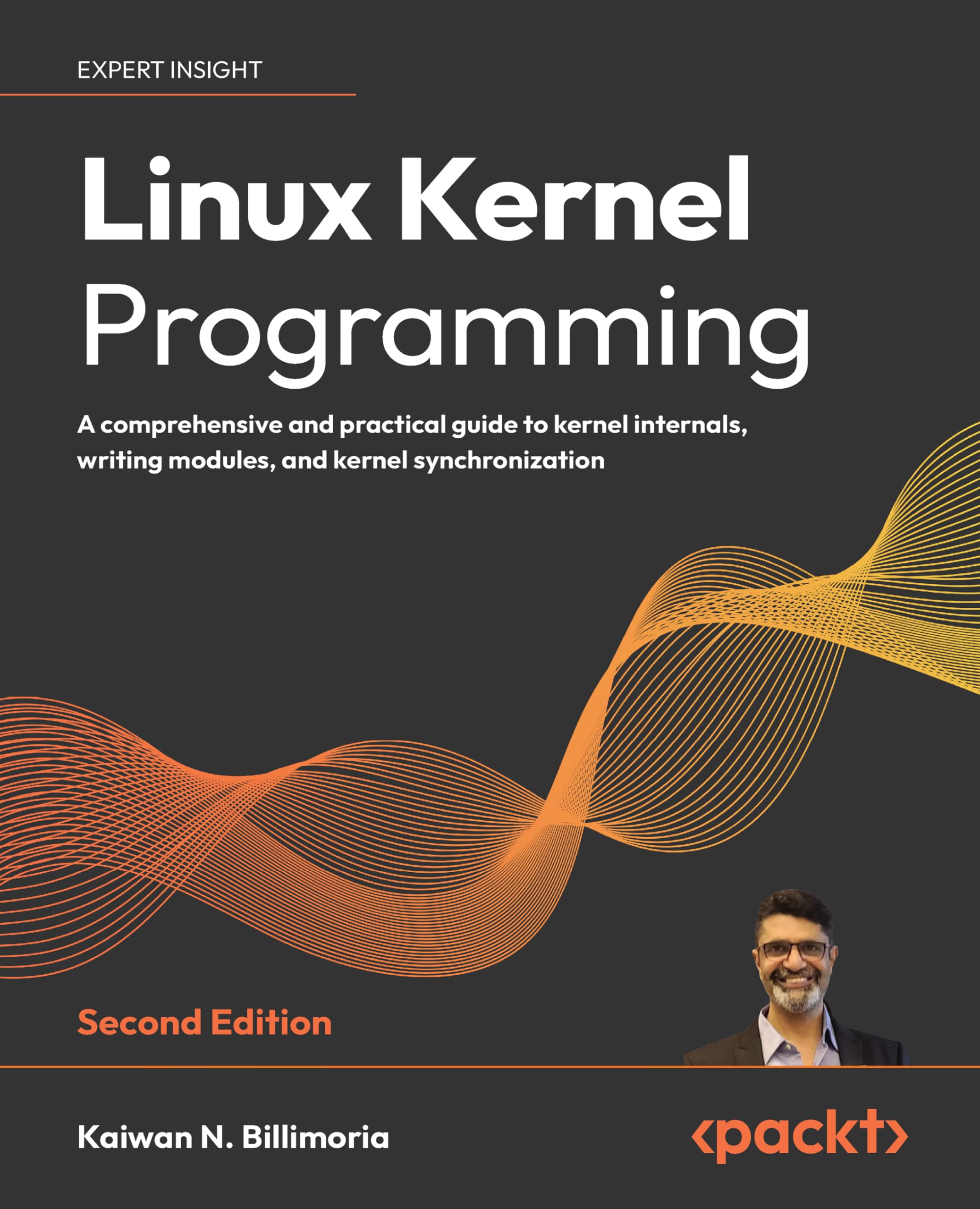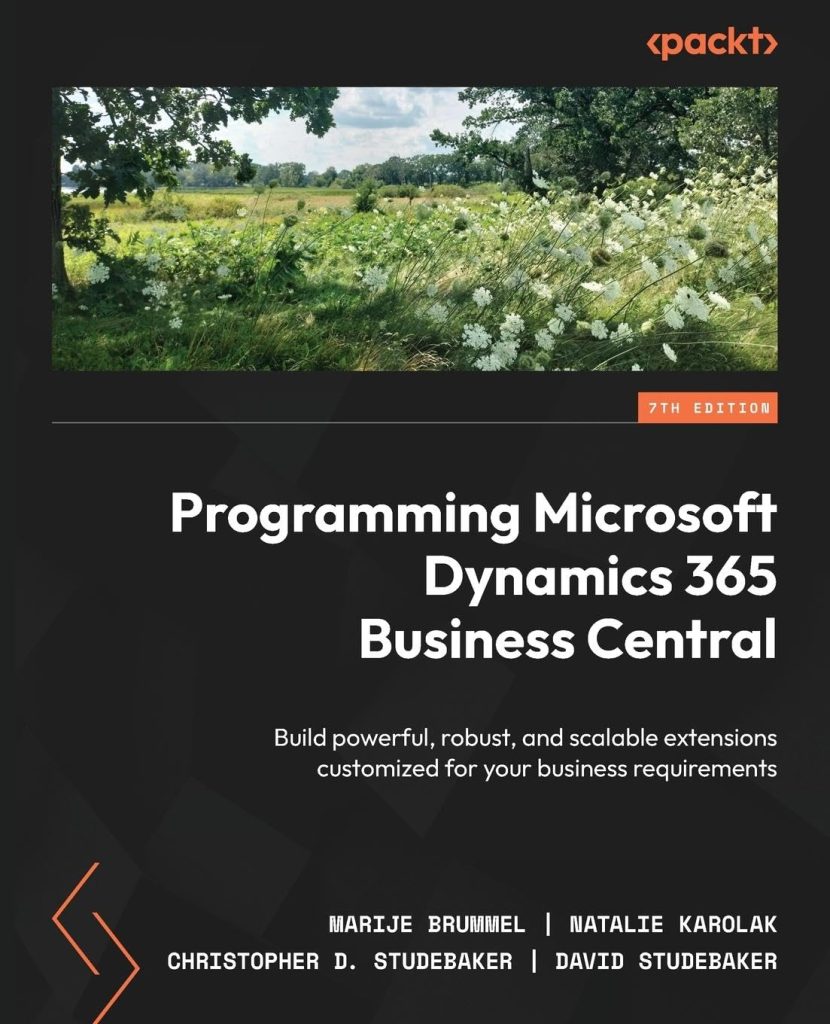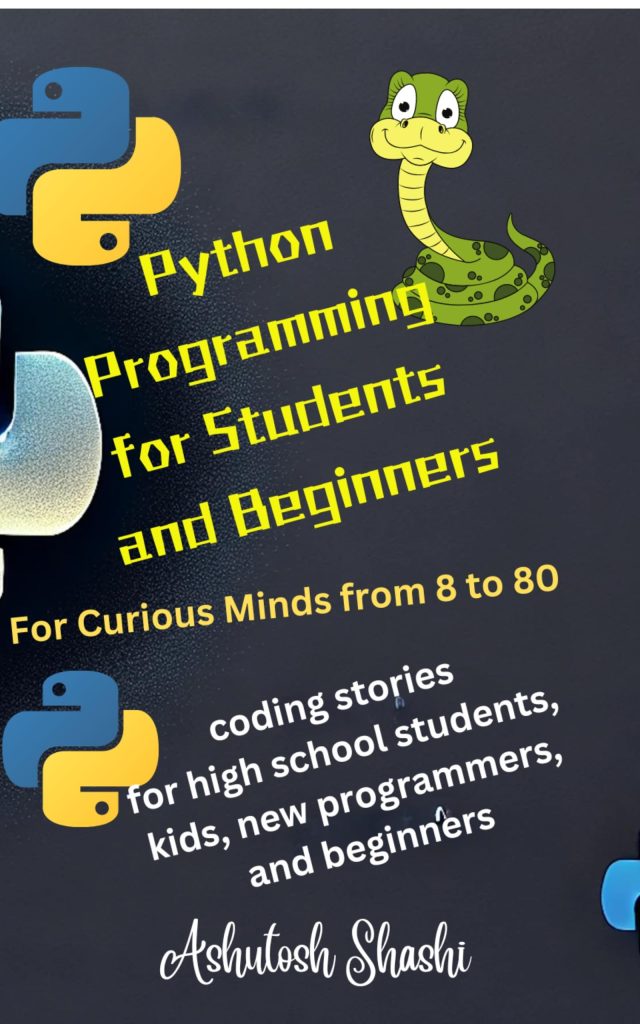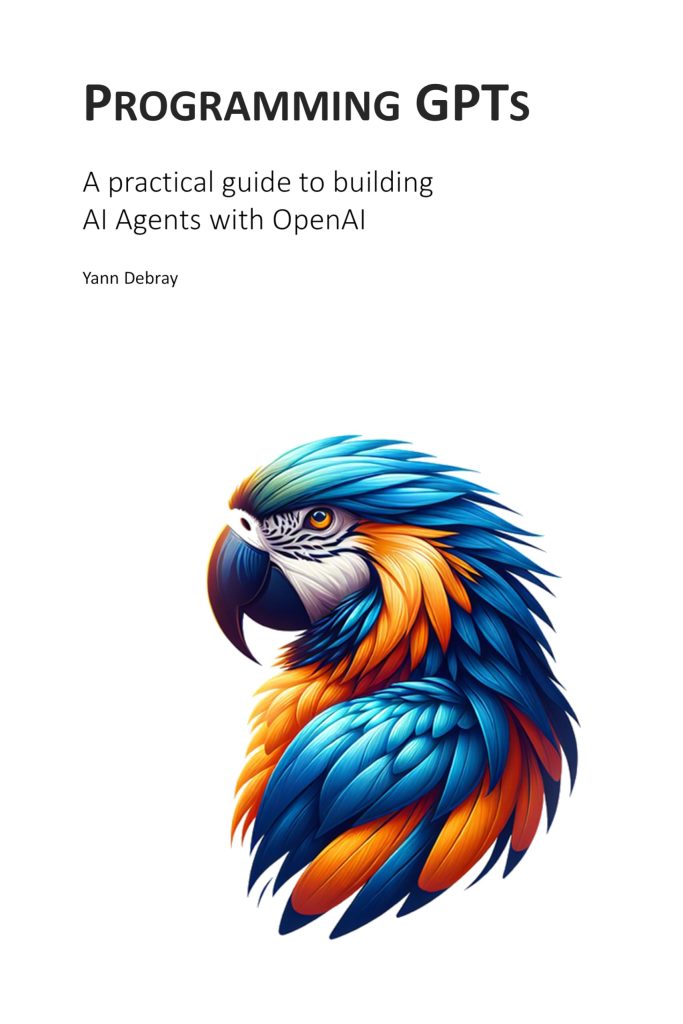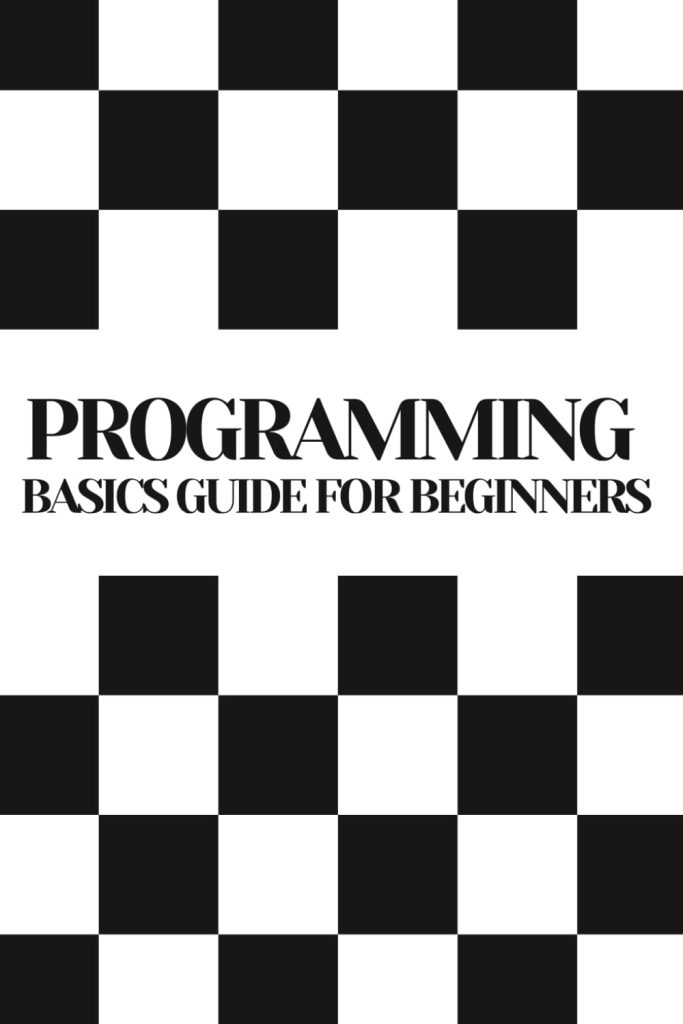If you’re a developer looking to dive deep into the heart of Linux and understand its inner workings, Linux Kernel Programming – Second Edition is a book you’ll want to have on your shelf. This comprehensive guide is a treasure trove of knowledge for anyone seeking to master kernel internals, module writing, and kernel synchronization.
A Practical Approach
One of the standout qualities of this book is its practical approach. It doesn’t get bogged down in theoretical concepts or abstract discussions. Instead, it takes you on a hands-on journey, guiding you through real-world examples and code snippets that make the learning process engaging and relatable.
For Seasoned and Aspiring Kernel Developers
Whether you’re a seasoned kernel developer or an ambitious programmer looking to break into the kernel development scene, this book caters to both audiences. Experienced developers will find a wealth of advanced techniques and deep dives into intricate kernel mechanisms, while newcomers will appreciate the book’s clear explanations and step-by-step walkthroughs.
Comprehensive Coverage
The breadth of topics covered in this book is truly impressive. From kernel internals and module programming to synchronization and concurrency challenges, no stone is left unturned. You’ll gain a thorough understanding of key concepts such as:
- Kernel architecture and memory management
- Writing and debugging kernel modules
- Kernel synchronization techniques (e.g., spinlocks, mutexes, semaphores)
- Interrupt handling and bottom halves
- Kernel debugging and performance optimization
Real-World Examples and Hands-On Learning
One of the book’s strengths lies in its abundance of real-world examples and practical exercises. You’ll encounter code snippets that illustrate complex concepts, making it easier to grasp and apply the knowledge. The authors encourage you to roll up your sleeves and get your hands dirty, ensuring that you not only understand the theory but also gain practical experience.
“This book takes a practical approach, focusing on techniques that you can use in real-world scenarios. It provides a solid foundation for developing kernel modules and understanding synchronization and concurrency in the Linux kernel.”
Whether you’re a seasoned Linux enthusiast seeking to deepen your expertise or an aspiring kernel developer looking to break into this fascinating domain, Linux Kernel Programming – Second Edition is an invaluable resource that will guide you on your journey to mastering the Linux kernel.

